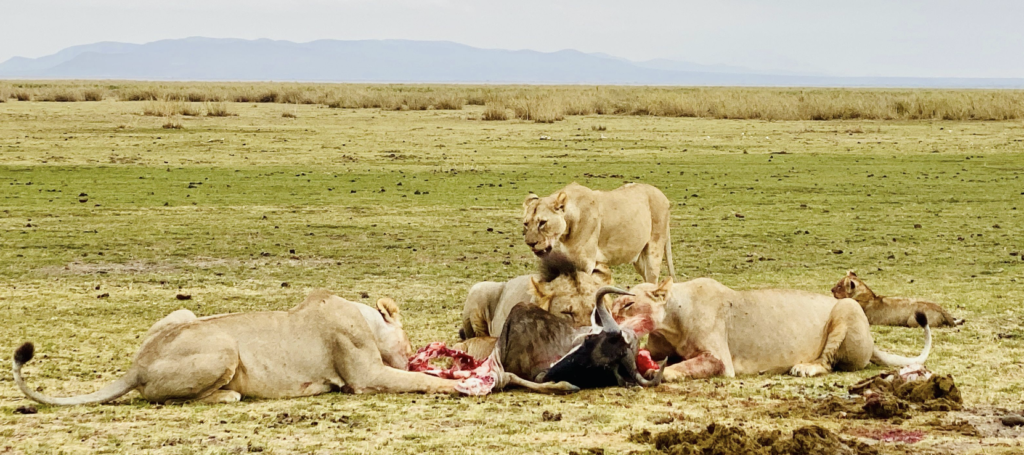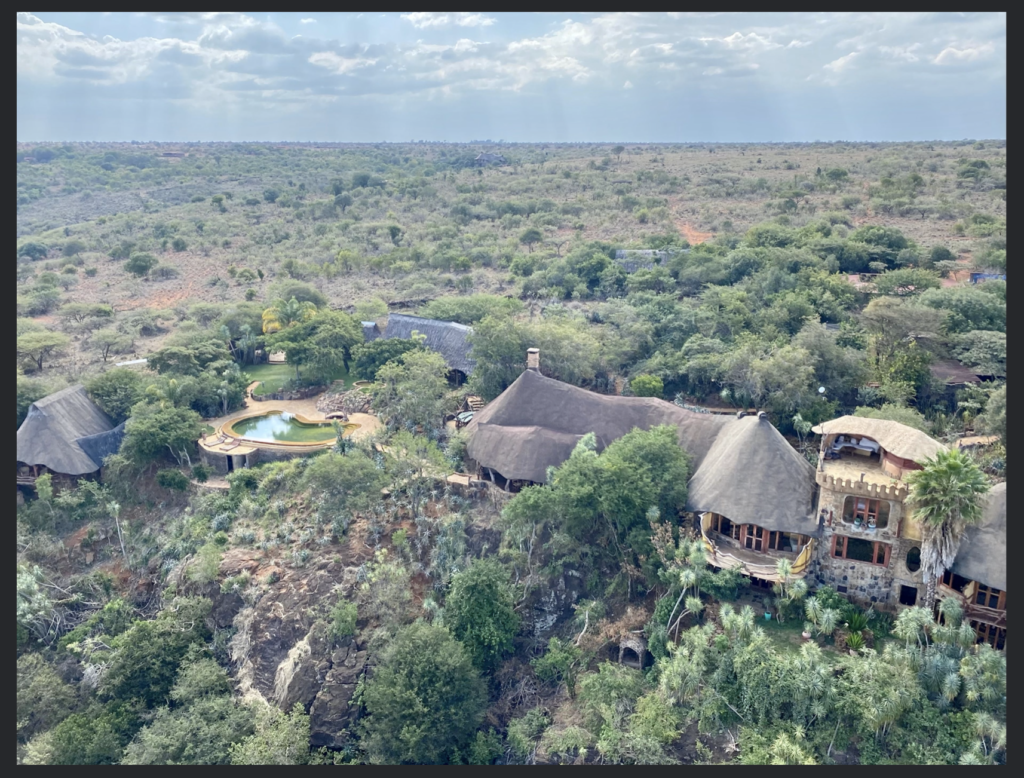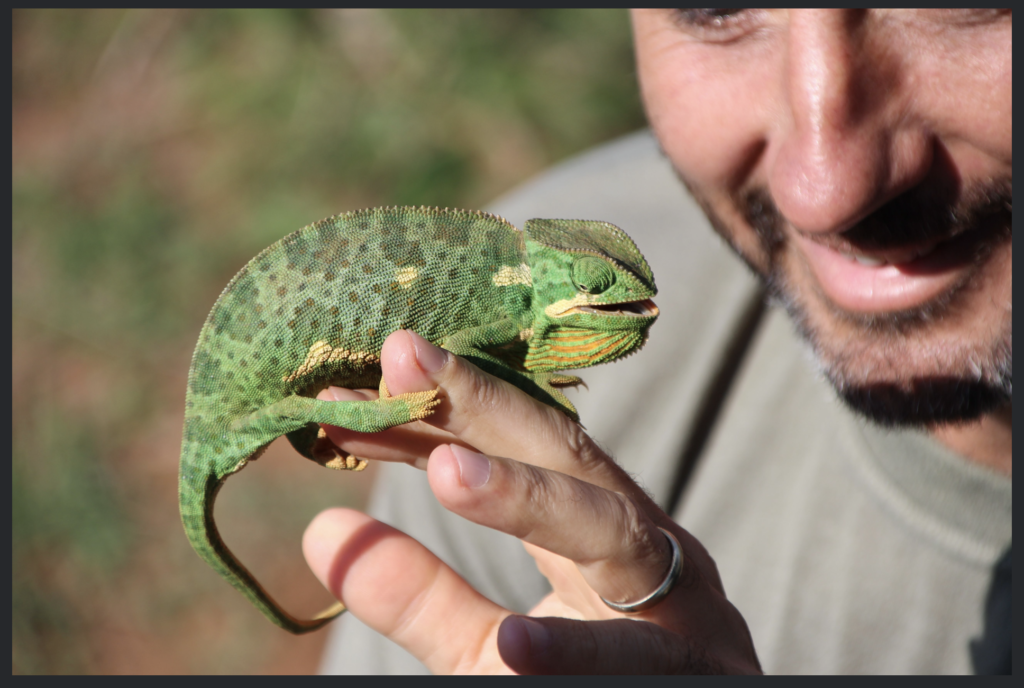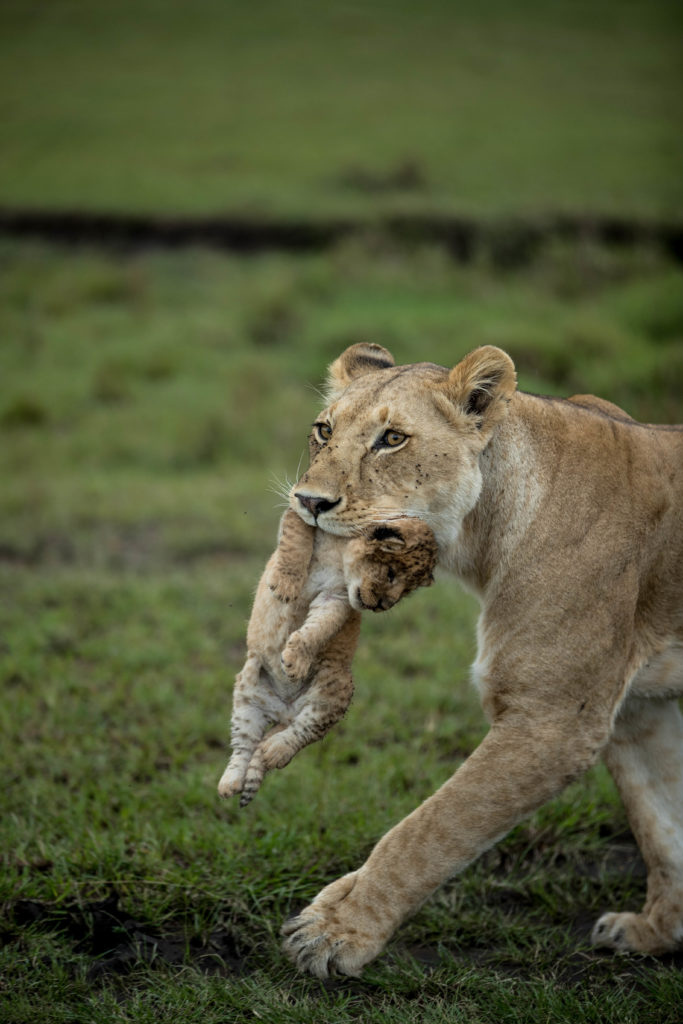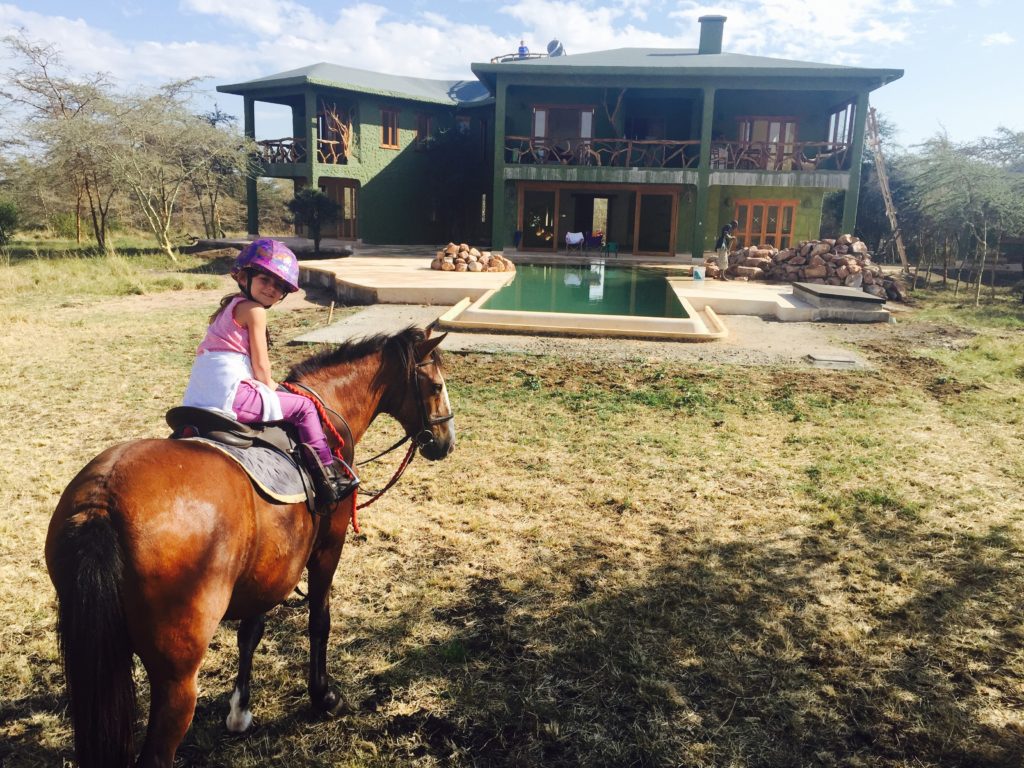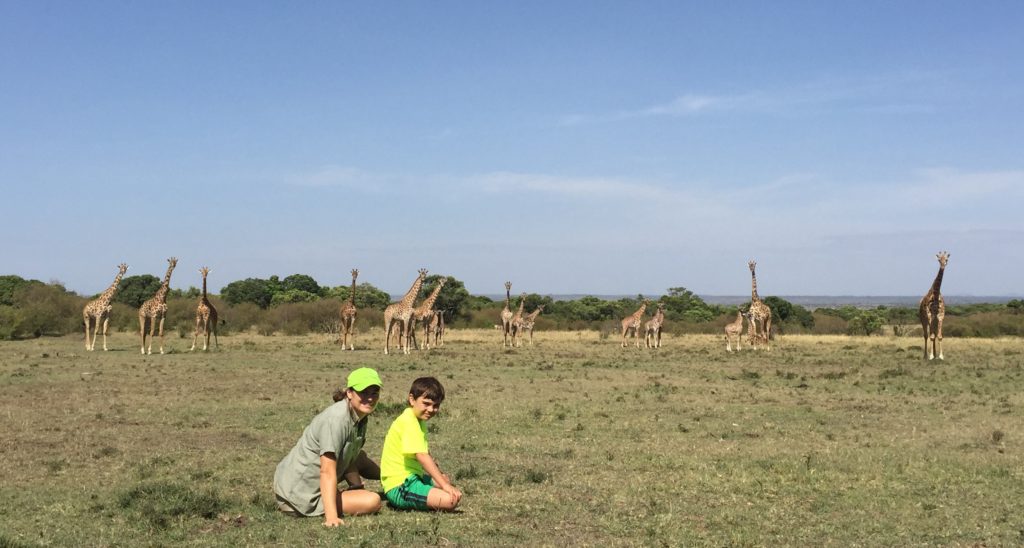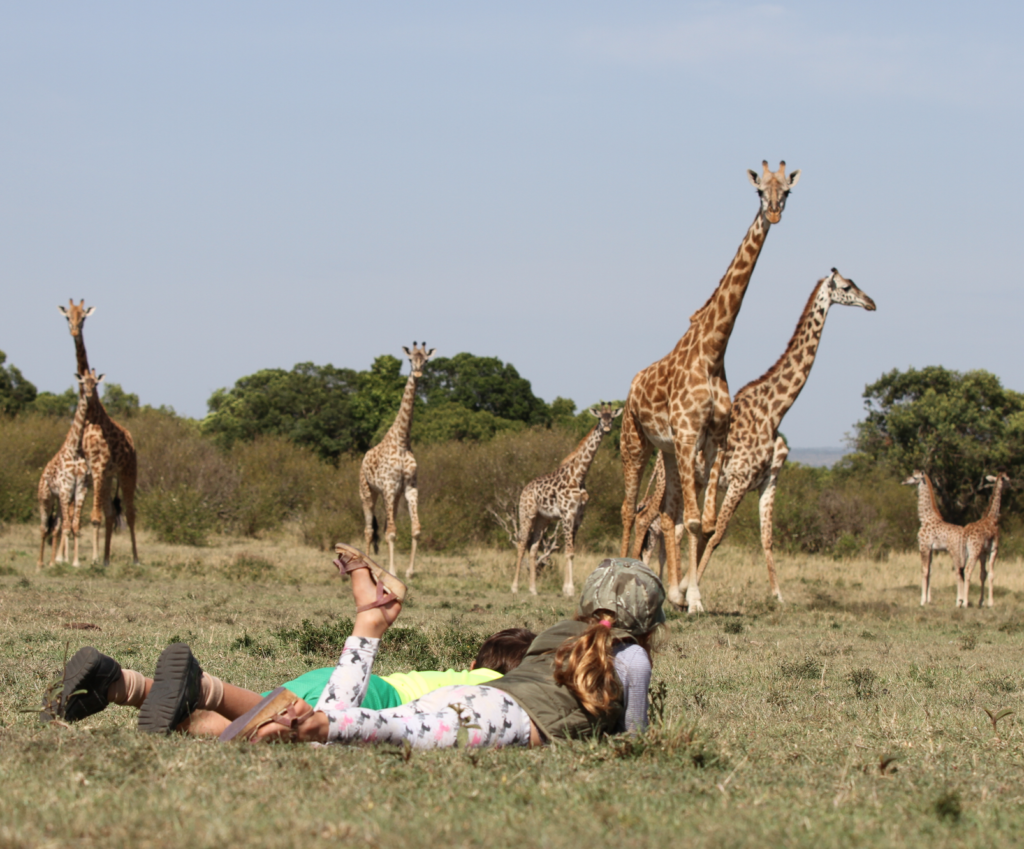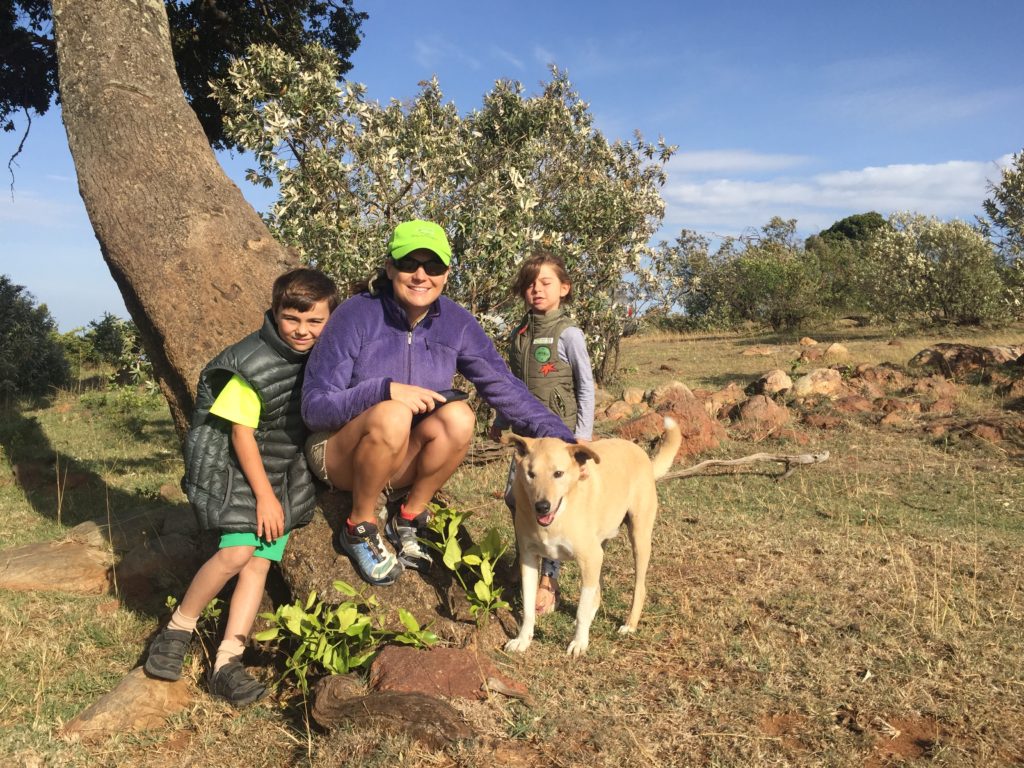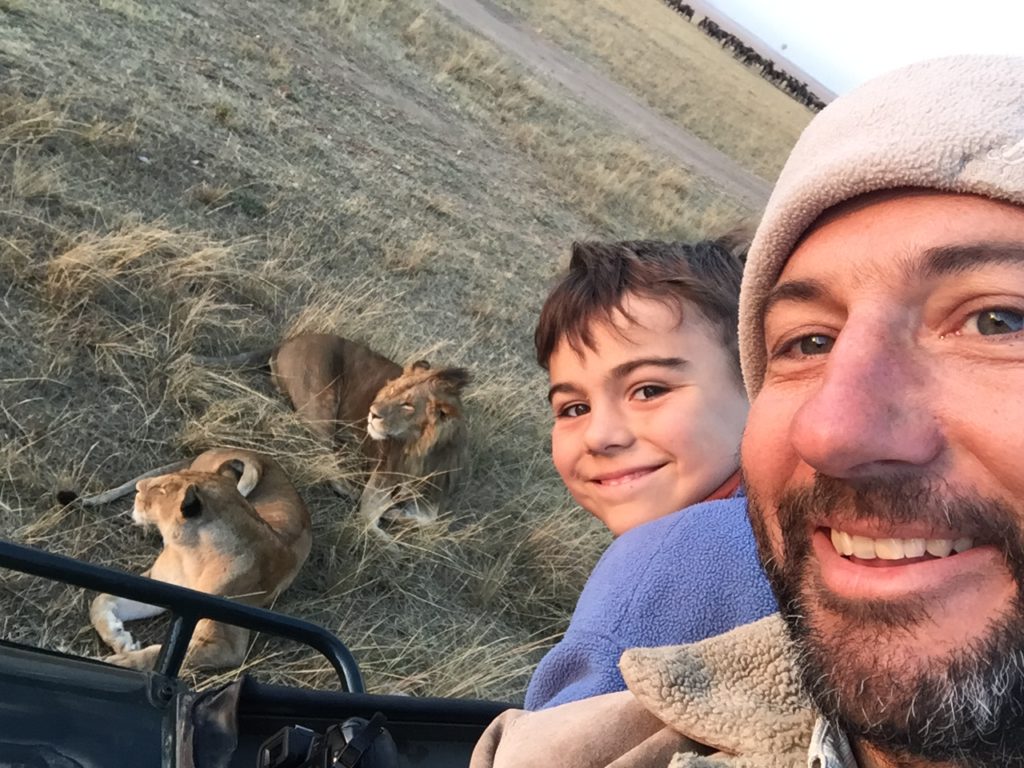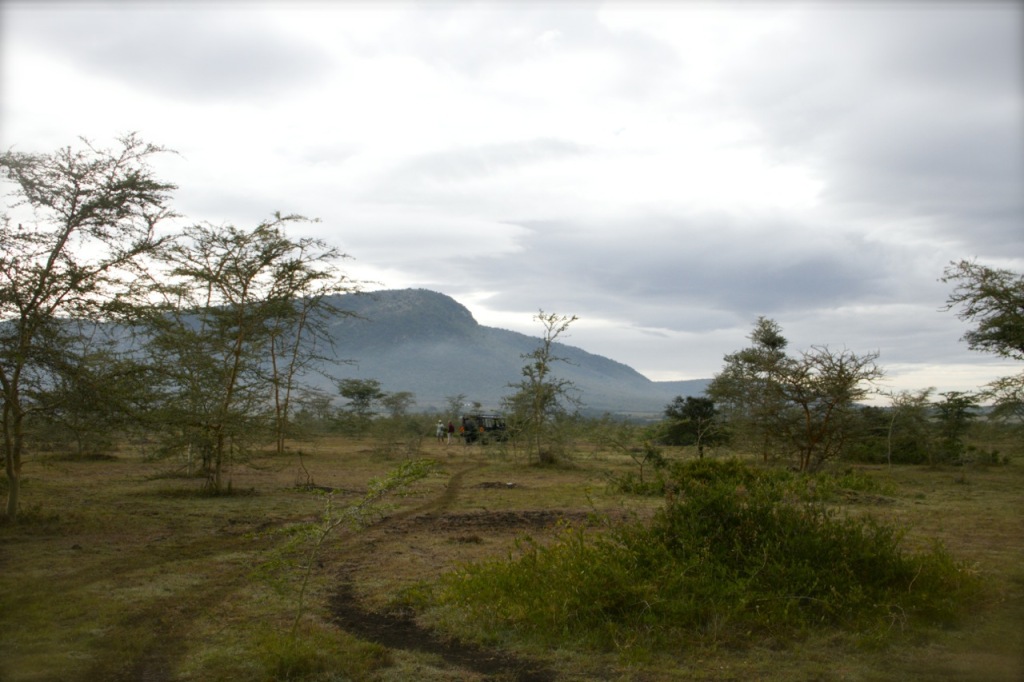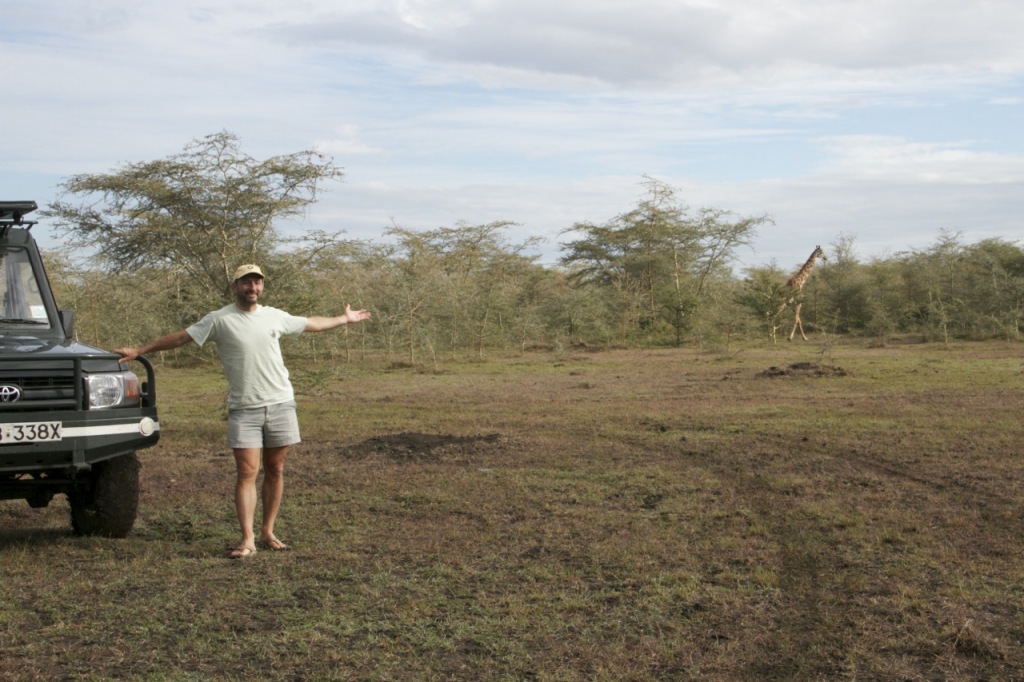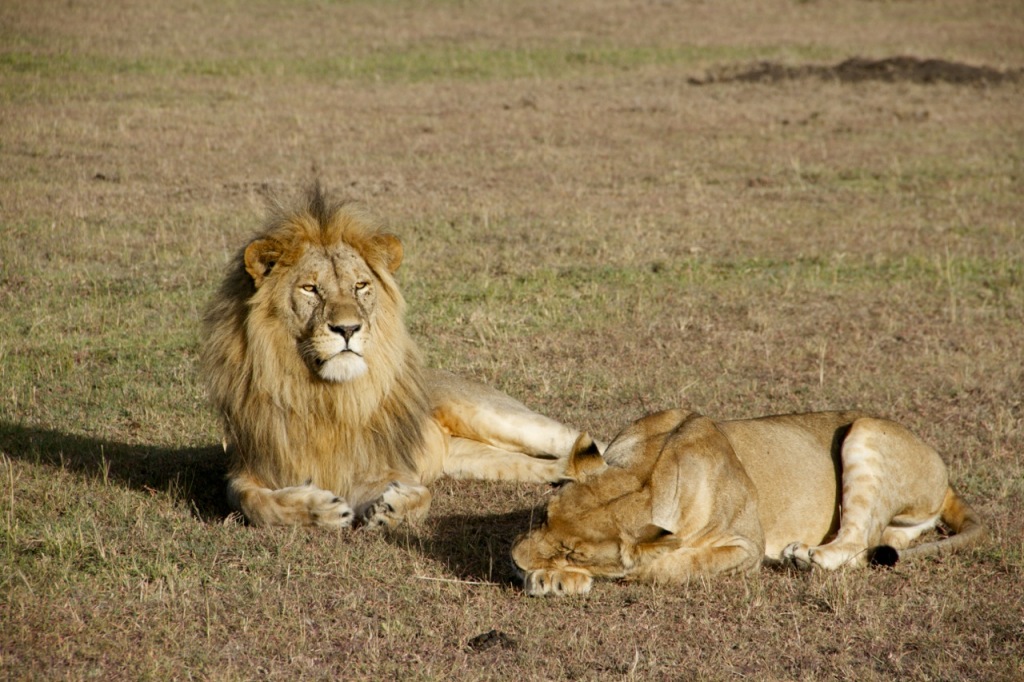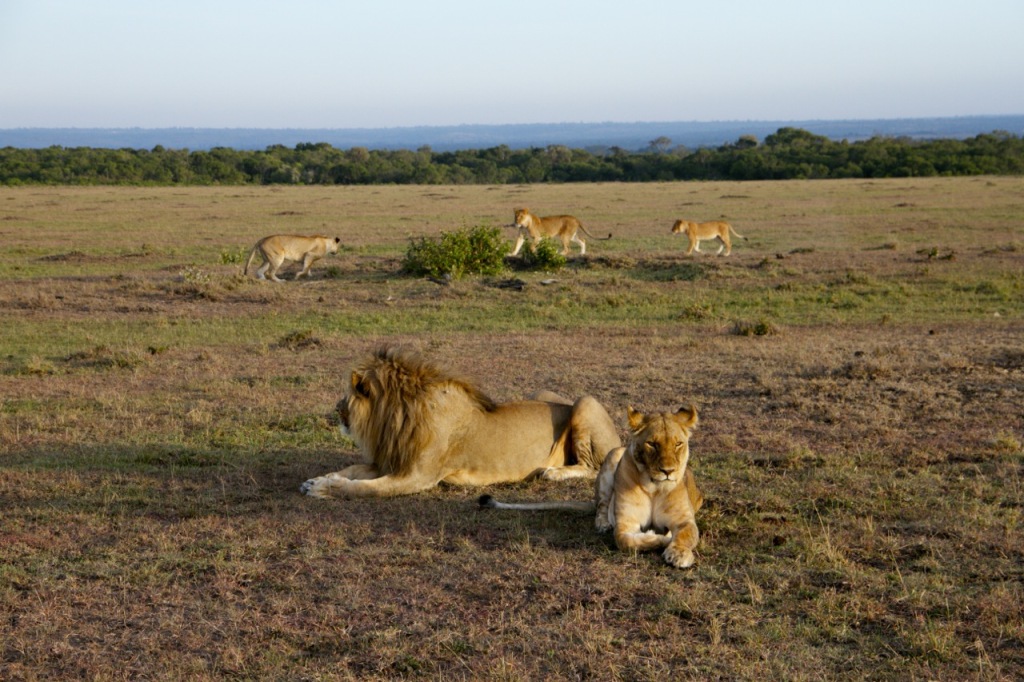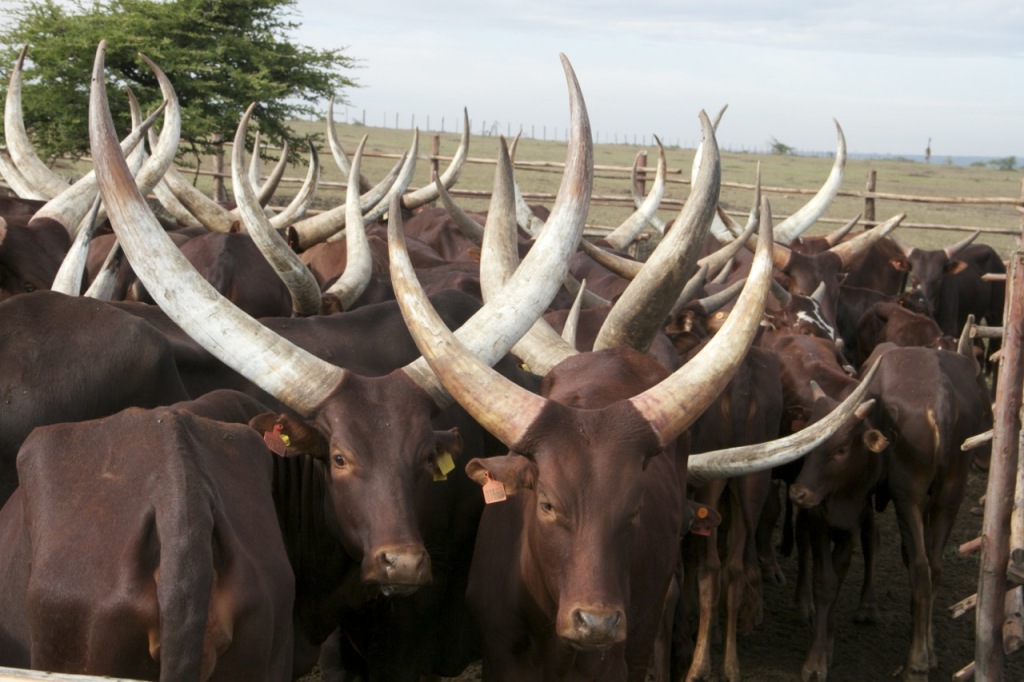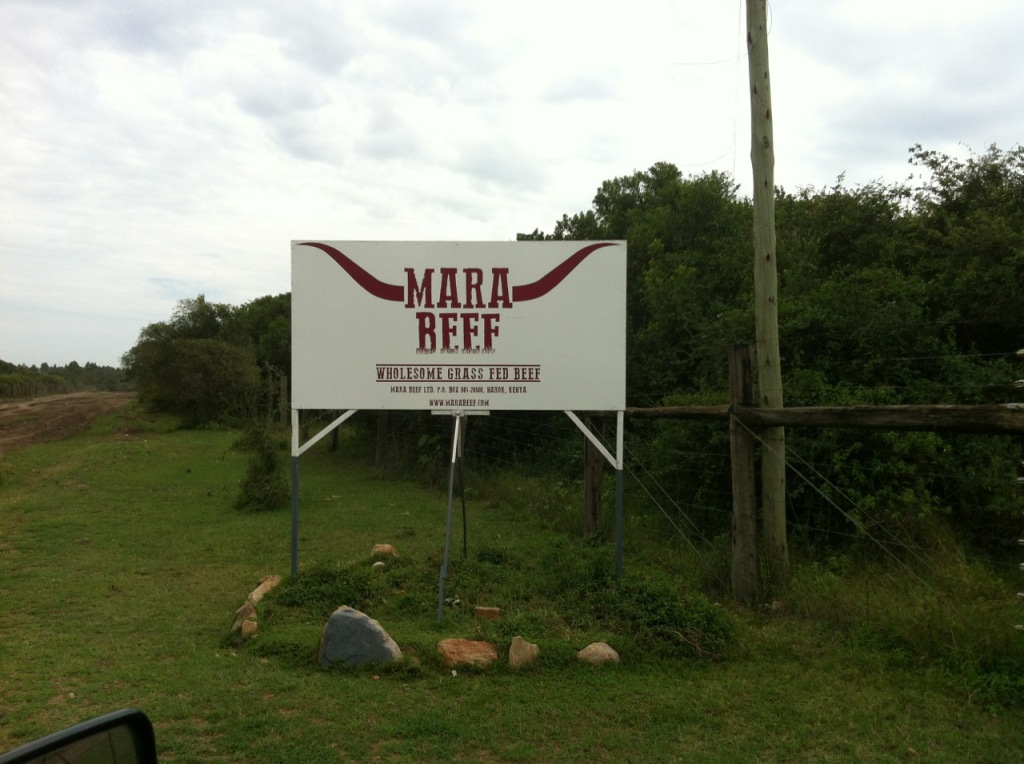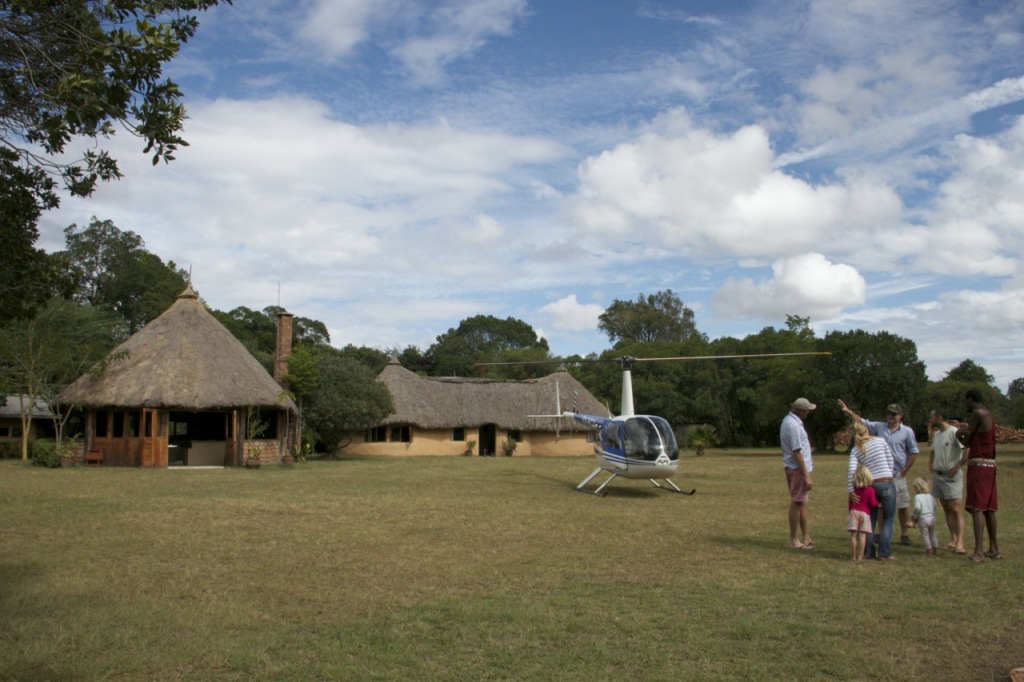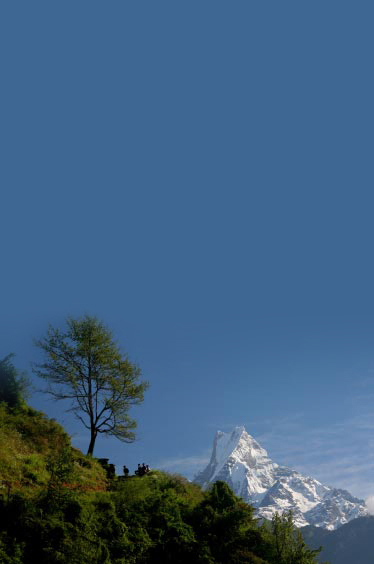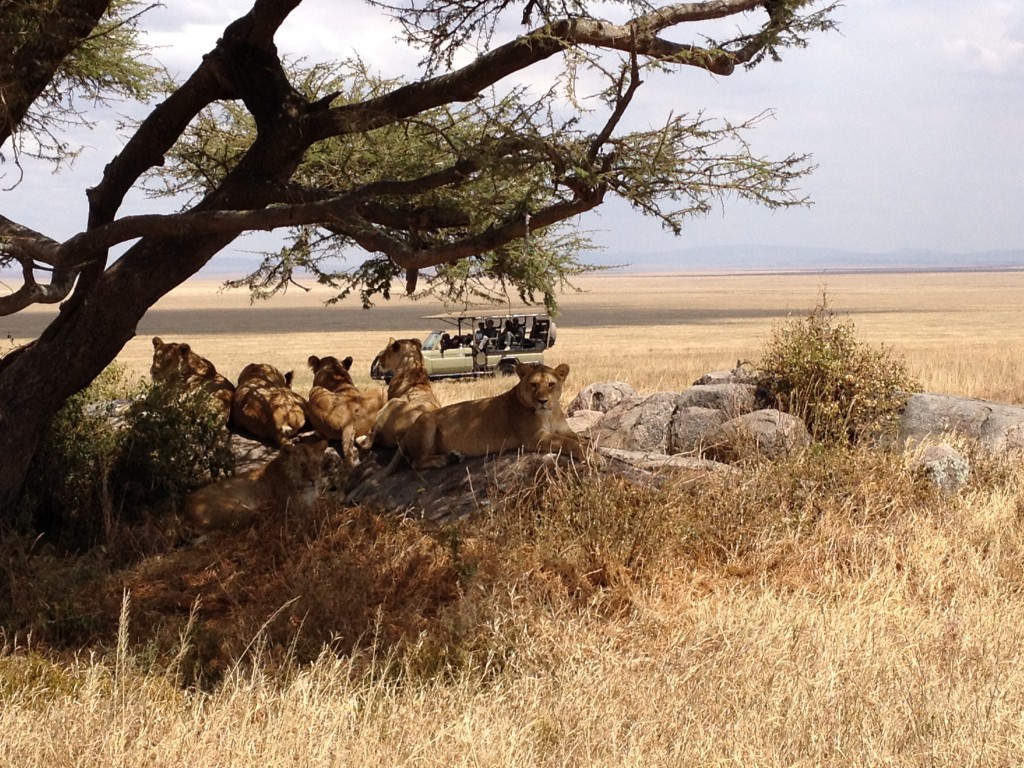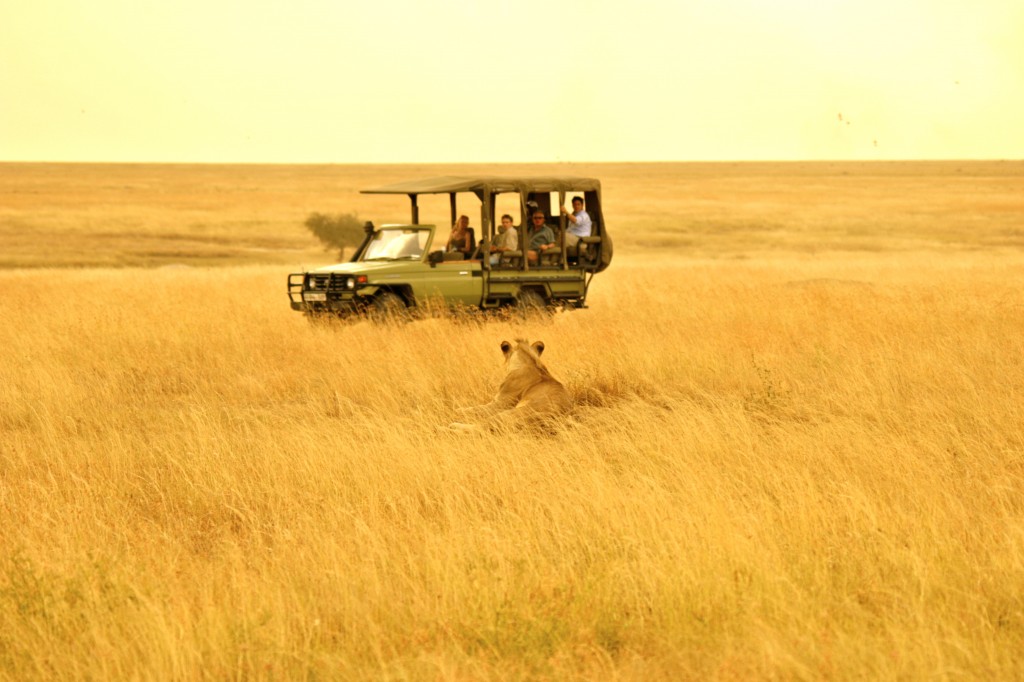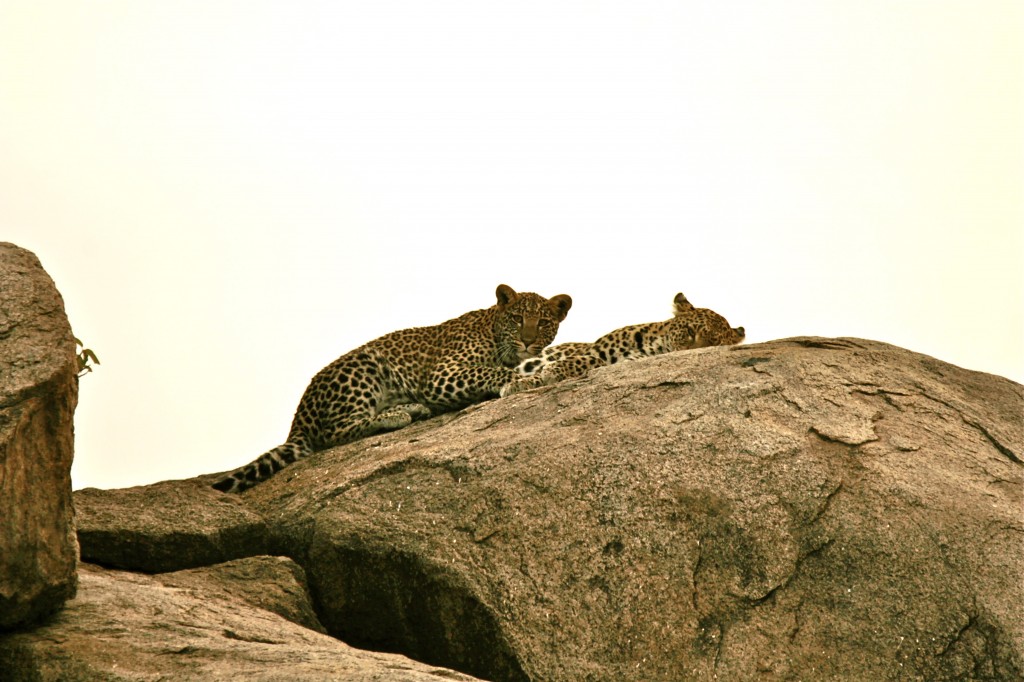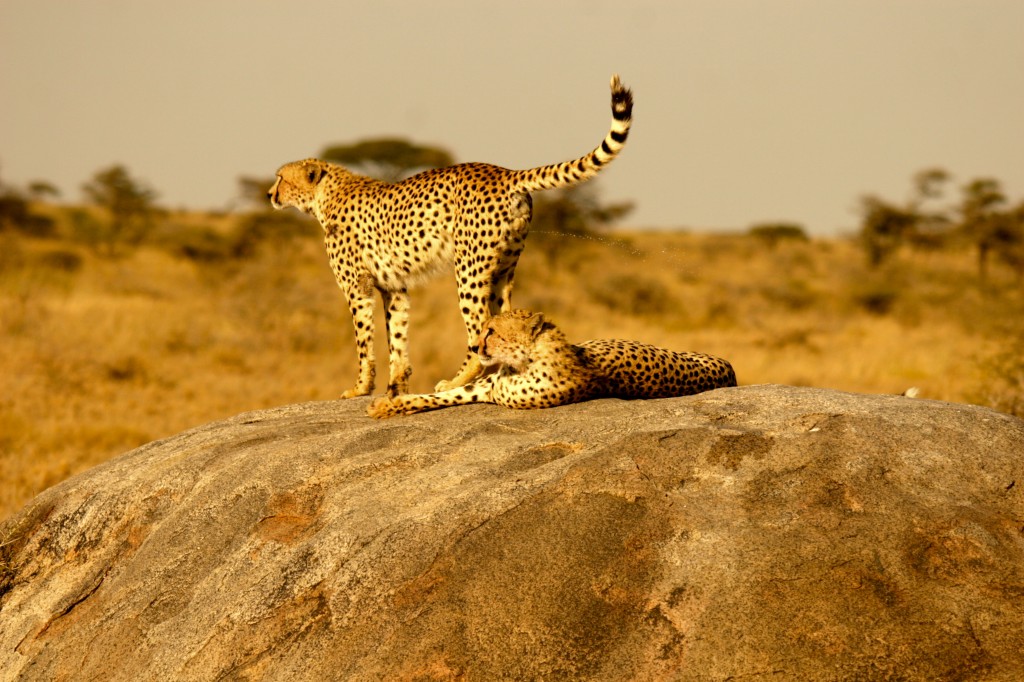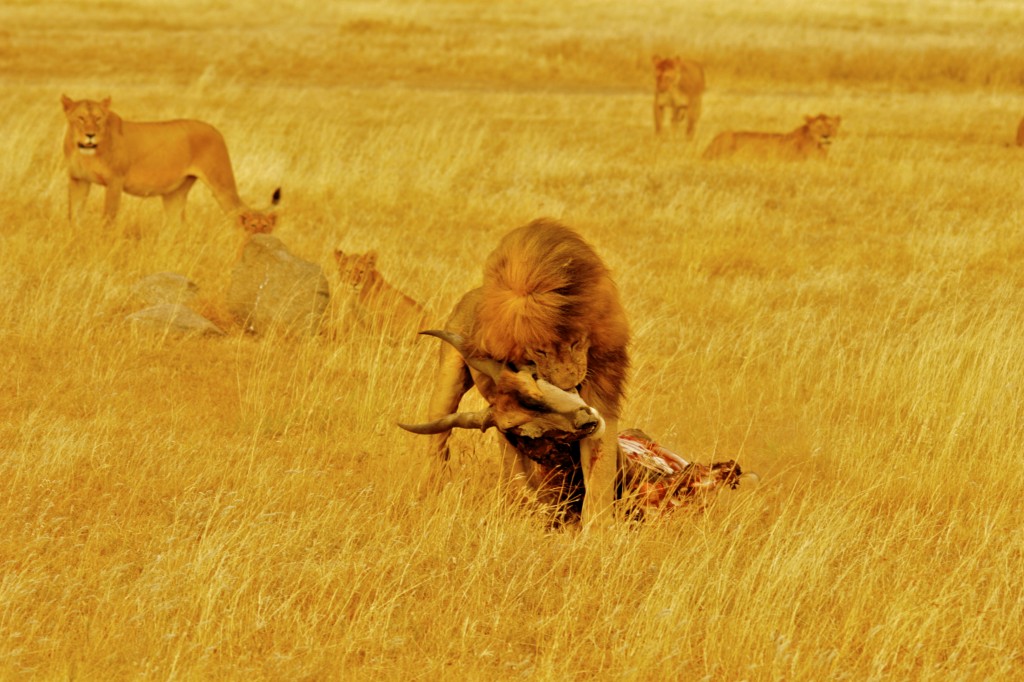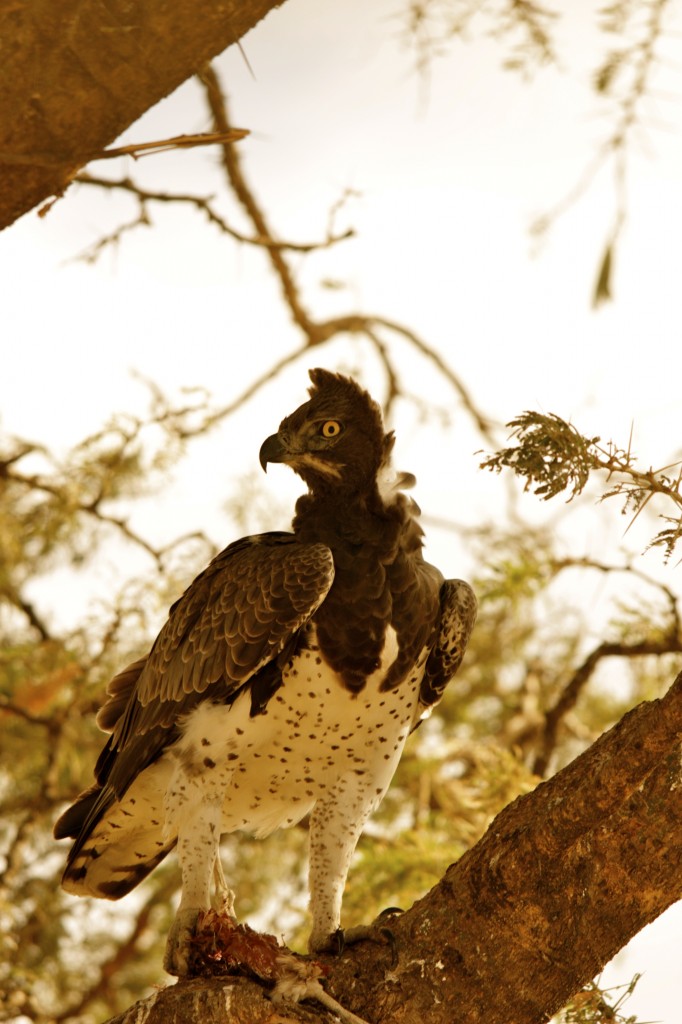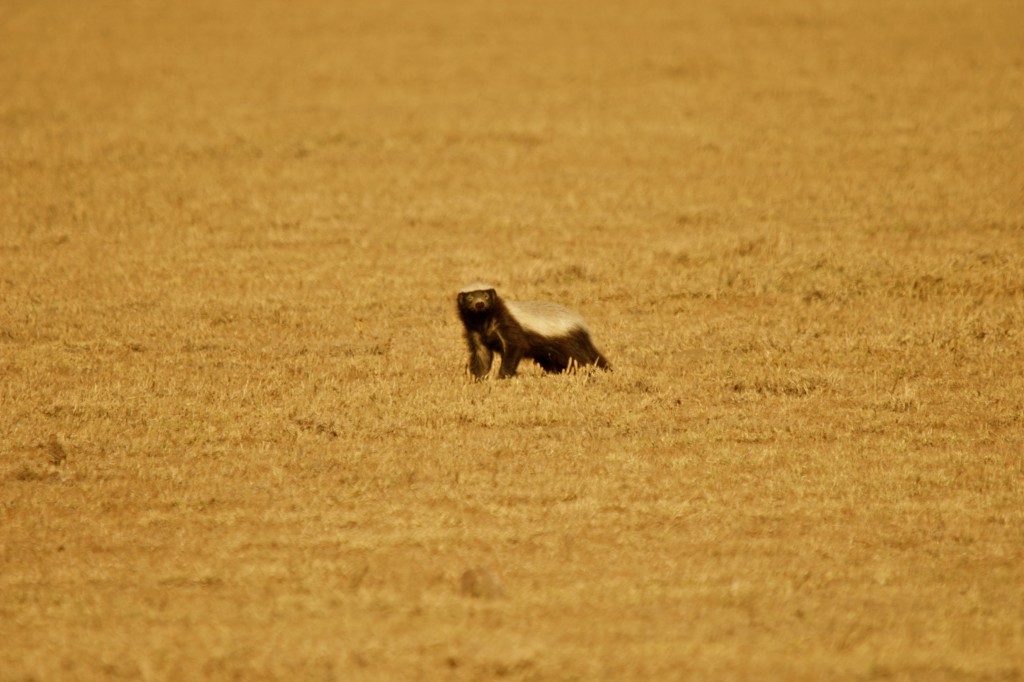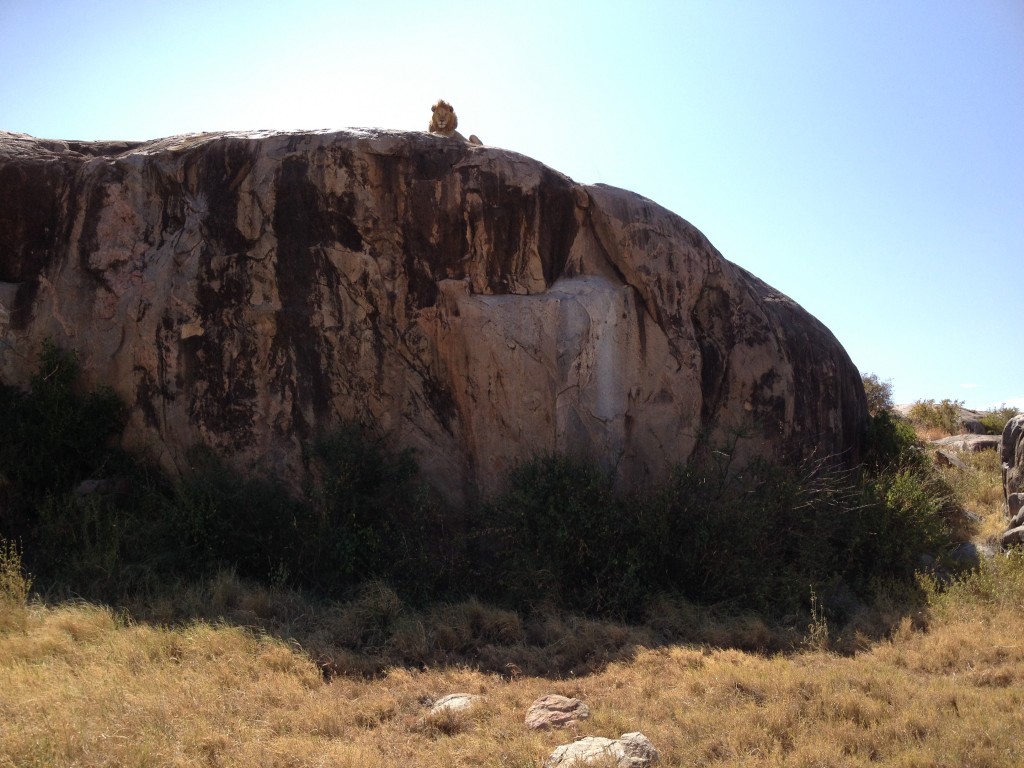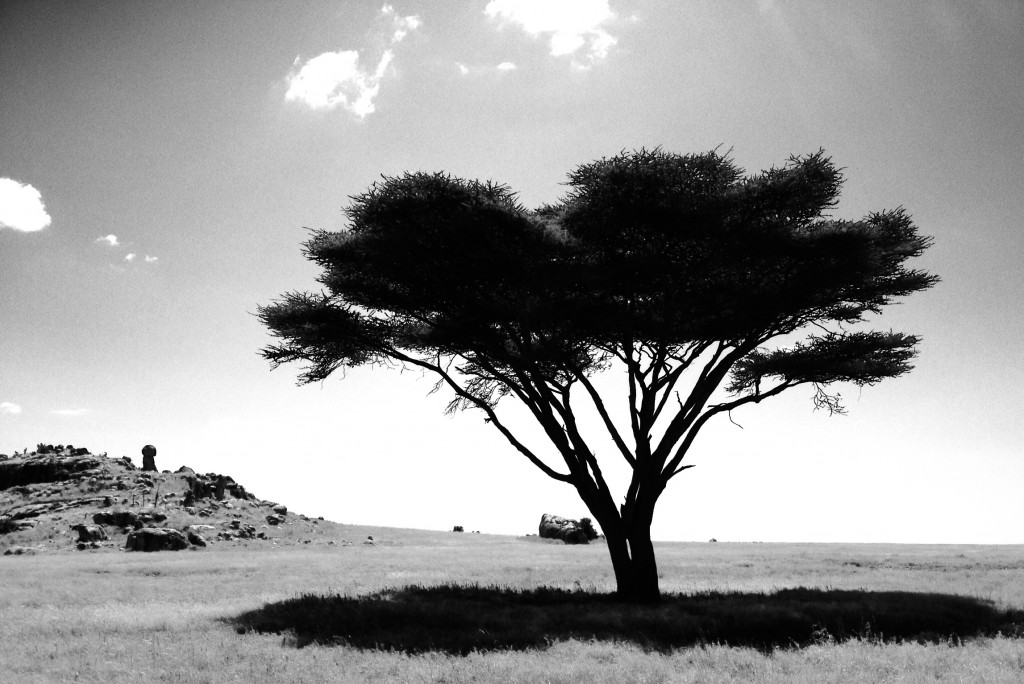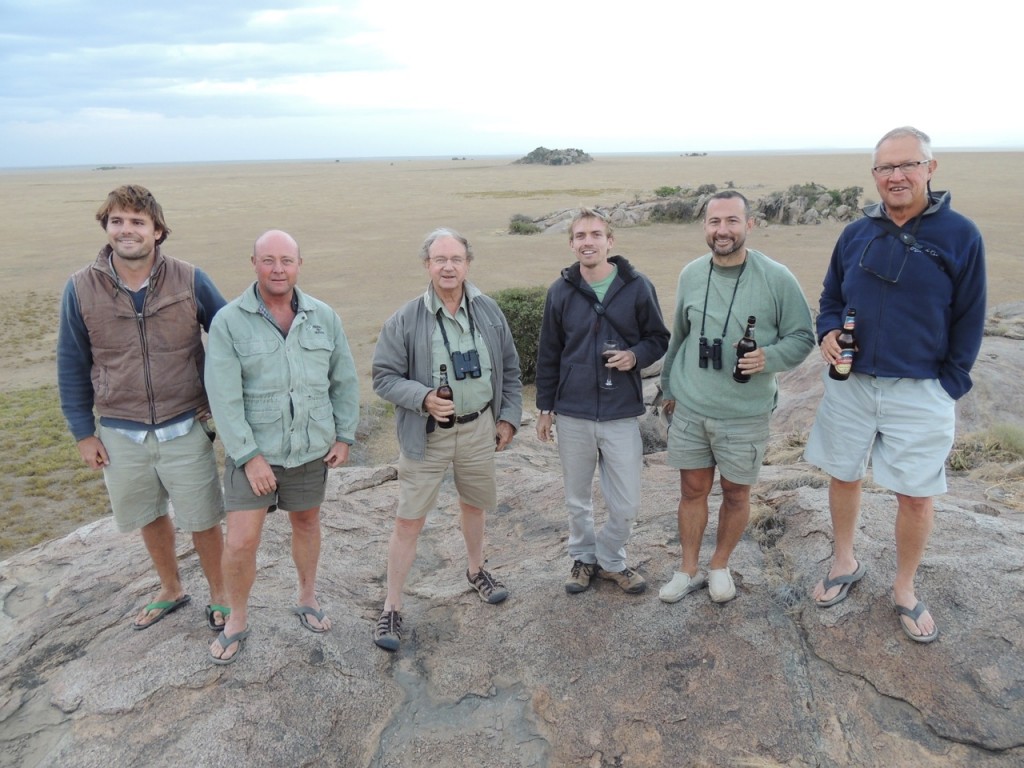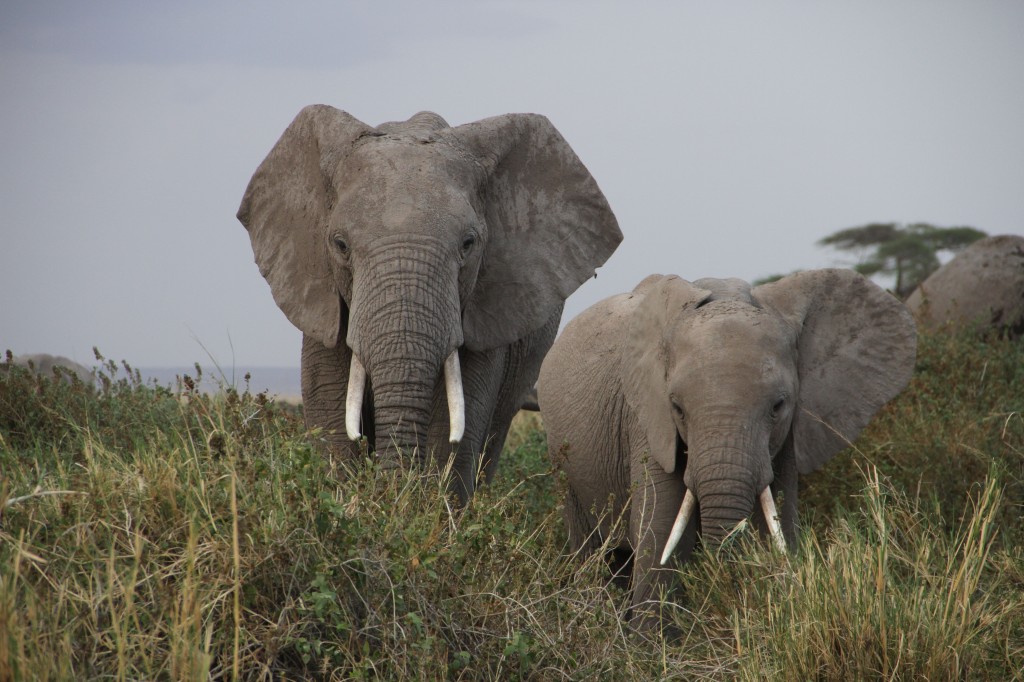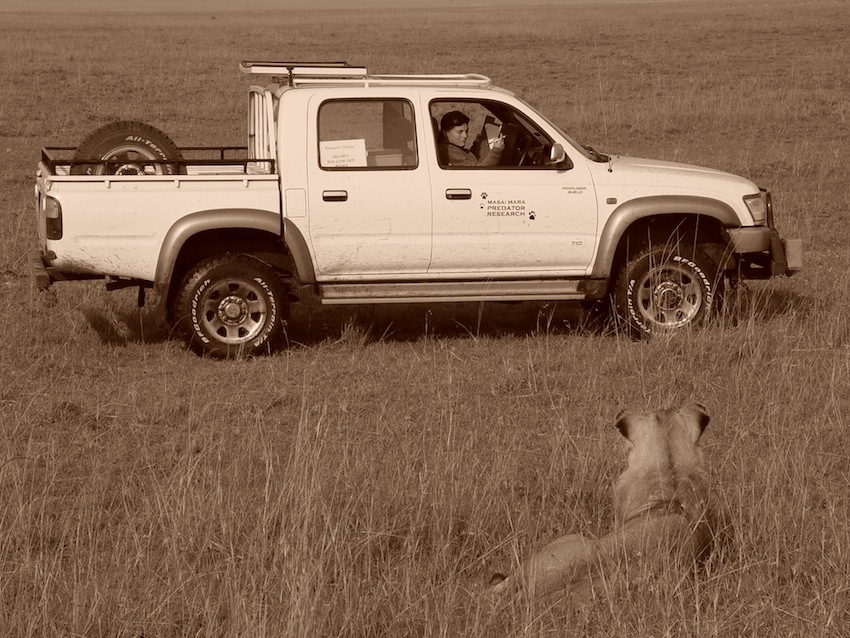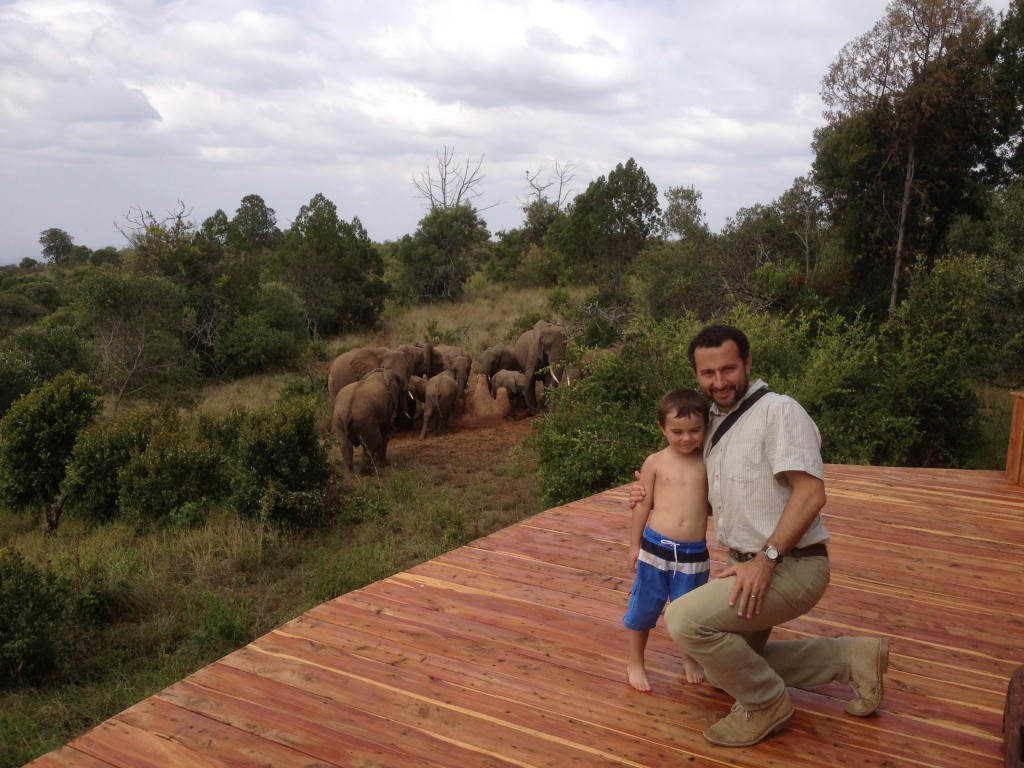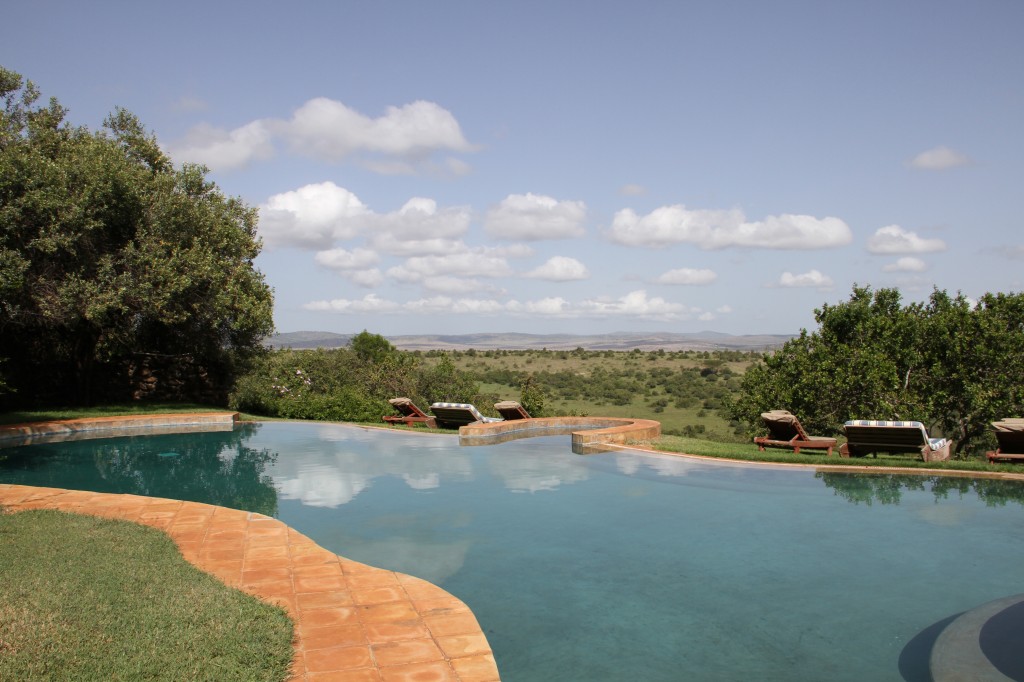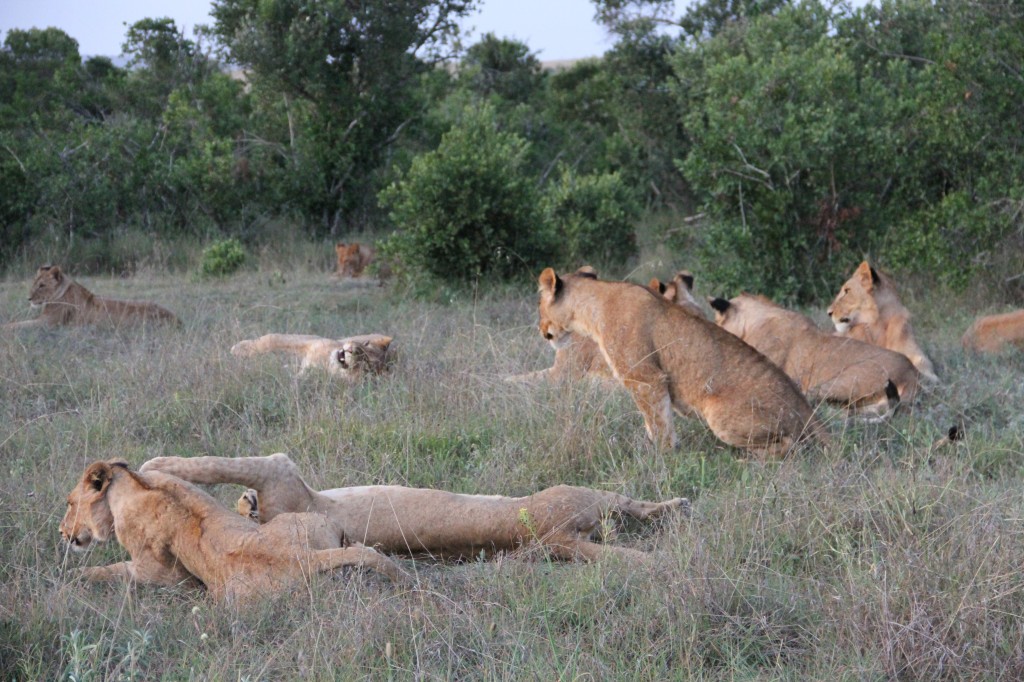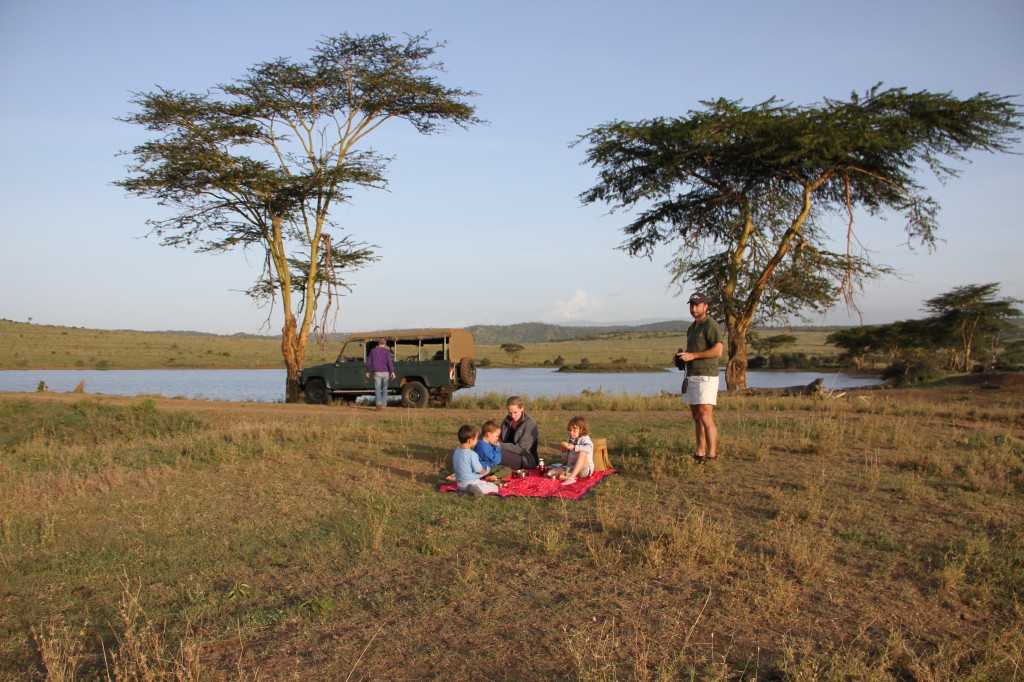
As the safari season kicked in this past month, I’ve had some of my best ever lion viewings. Always one the most charismatic characters of the African “big game”, lions offer everything you’d want to take away from time on safari. Their size and power, their regal beauty, and the primal energy we experience when close to one stirs some deep inner animal instinct within us. It is a raw, wild feeling of connectedness to the African bush.
At first light in the Masai Mara, we drive out from our camp along the banks of the Mara River, hippos snorting their welcome, and the sun rising over the great plains. As we emerge we find three of the finest male lions in the Mara, part of an ever larger coalition of five that dominates the northern half of the western Mara Triangle. Striding along like the jungle kings they’re known as, they run into the one species that won’t get out of their way; elephants. We then get to see who the real kings are (or queens as it happens!), as the elephant matriarch and her sisters stand firm and watch the lions meekly take a wide detour around them. What a thrill watching such an encounter with colossal wildlife!

On to the Chyulu Hills, where, twenty years ago, lions had been persecuted and severely reduced in number. In one of the great success stories of Kenyan conservation, the combined work of the Lion Guardians program and Big Life Africa have led to the rebound of lions, back to their place as an apex predator in this ecosystem. Another morning drive with stunning dawn light and we find three magnificent sub-adult males. They are not quite ready to take their place with their own pride, but old enough to have to fend for themselves and hunt their own food. Watching these future kings as they set out from the security of their natal pride makes us realize what an enormous challenge it is to enter the sometimes savagely competitive environment they call home.
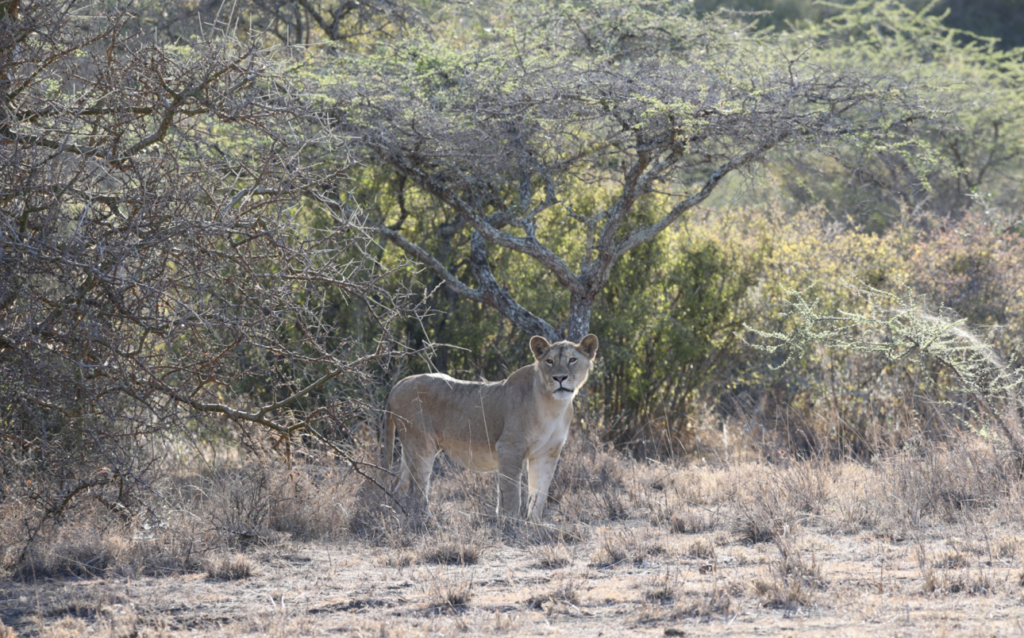
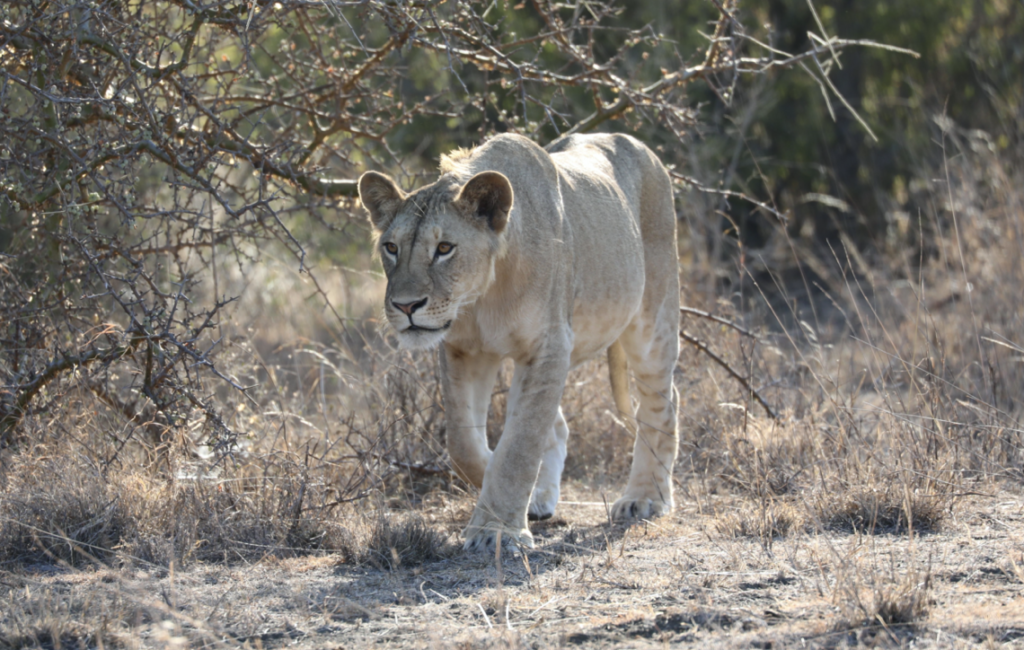
And in what now has to be my grand finale to any lion tales, at our final safari location this month we witnessed a lioness stalk and take down a fully grown wildebeest. Taking place mid morning in our own private 30,000 acre Kitirua Wildlife Conservancy in Amboseli, we were observing this lioness as she digested her last meal, thinking that she and her pride mates couldn’t possibly fit any more in their bursting bellies. Yet on seeing some wildebeest move into the longer grass, that hunting instinct took over, and as she passed within meters of our safari jeep we saw that primal look come into focus in her amber lion eyes. Stalking with utter patience and stealth, this seasoned lioness was able to close in on the unsuspecting prey and take it down. It can be hard to watch nature unfold in the raw, but the ever present circle of life closed this day, and the pride’s cubs enjoyed this next meal, bringing them one day closer to successfully moving through their own tenuous journey to adulthood.
